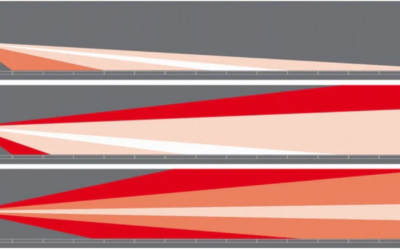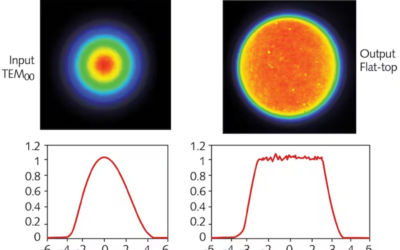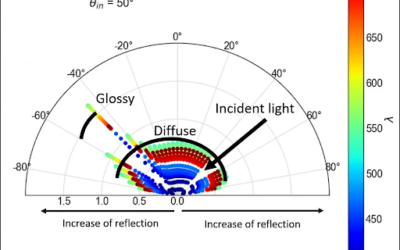A conoscopic lens is an instrument that can be used to measure the angular distribution of a light source. Its use is quite different from a lens, as in photography. An image created by a conoscopic lens resembles that of a fisheye lens. That is a highly distorted image.
.
Conoscopic lenses are used to evaluate the angular distribution of light sources. That’s helpful, for example, when designing light sources with specific illumination distributions. Conoscopic lenses can also be used to analyze the scattered light that bounces off different surfaces.
When designing a conoscopic lens, one important property to consider is what is known as Lagrange invariant (or conservation of entendu), which is a geometric property of light that quantifies the throughput capability of an optical system. Once the aperture (or sample size) and field of view are chosen, then either the image size or the F/# of the lens can be chosen, but not both. In other words it is not possible to have a wide angle conoscope with a large pupil connected to a small image sensor.
An schematic of a conoscopic lens can be seen in figure 1.

Figure 1. Conoscopic lens. From Conoscopy
The first lens forms an image based on the angles of the incoming light. The first and second lens create an image of the object. An aperture at the location of the image helps limit the observation to an area of interest. The third lens helps create an image at a sensor plane.






